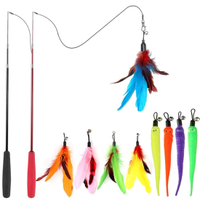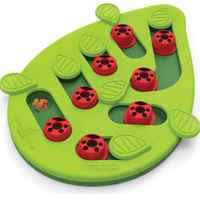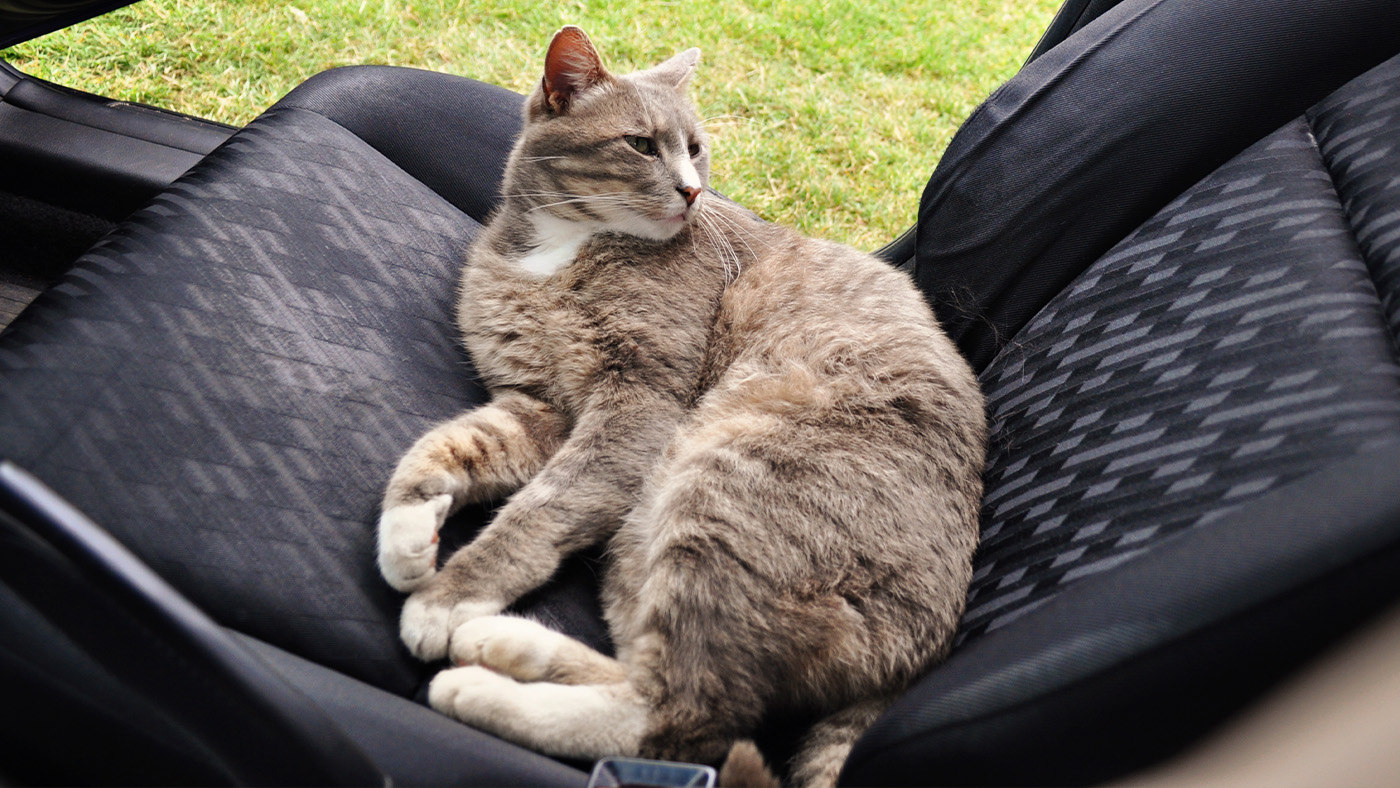Vet reveals how to play with a kitten (and the one thing you should never do)
Curious about how to play with a kitten? We explore the best ways to have fun with your feline friend...
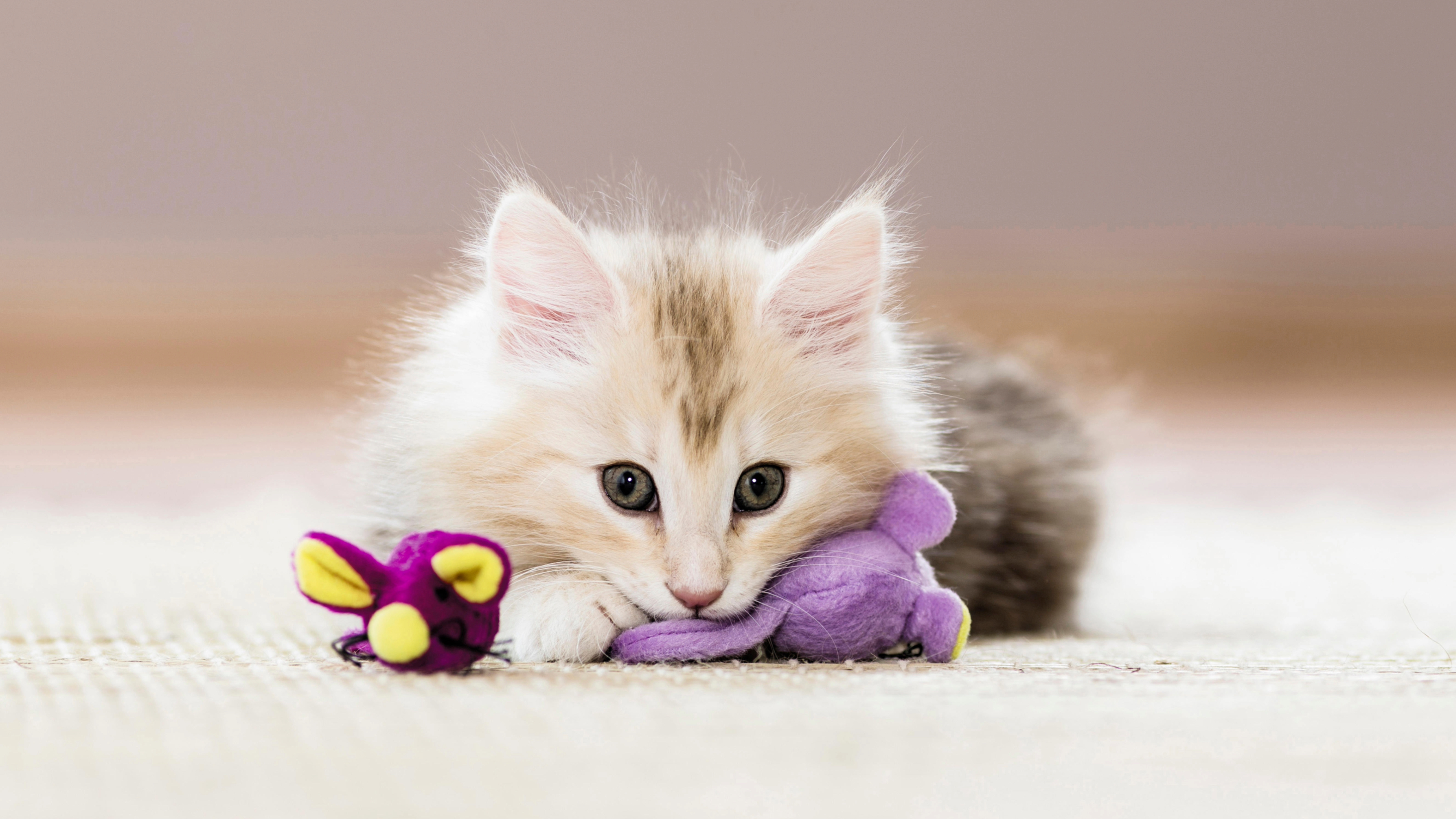
Wondering how to play with a kitten? If you've just welcomed a new feline friend into your family, it's natural to feel overwhelmed about this. You might be unsure about what games are best to play with them, how long is too long for a play session and what you should do or avoid to ensure they don't develop any unhealthy behaviors.
That's where this guide will come in super useful. Once you've invested in a few of the best kitten toys and best cat toys to keep play time interesting, you'll find plenty of helpful advice below around the benefits of play, the ideal length of time to play with your kitten each day and our favorite ways to keep your beloved bundle of fluff entertained.
To ensure we're only sharing the most accurate information with you, we turned to expert vet Dr. Rebecca MacMillan who has a wealth of experience in this area. She shares her thoughts below plus explains the one thing you want to avoid doing with your kitten when you're playing with them. Let's take a look...
What do kittens learn through play?
Cat play is the way in which kittens learn all the important cat skills; when they're little, it's through play, and rough and tumble with their siblings and their moms, that they learn important boundaries, pick up communication and social skills, and of course learn how to bite and use their claws effectively.
"Play is how kittens explore the world around them," Dr. MacMillan confirms. They will be busy learning things such as social etiquette, physical coordination, and hunting skills. Play is also a great way of forming bonds between siblings and their human owners. Through play, kittens can test things out in a safe and nurturing environment, much like human children do!"
As kittens get older, playtime becomes less about play-fighting with the rest of the litter and starts to focus more on objects, so that they can polish their hunting abilities.
Just as kittens learn some boundaries from playing with their litter, playing with you is just as important for learning their boundaries with people. Of course, play isn't just about learning; it also prevents boredom that can lead to common kitten behavior problems (such as aggression), and it gives them plenty of exercise, which is the best way to stop them putting on too much weight or developing health problems in the future.
How much time should you spend playing with your kitten?
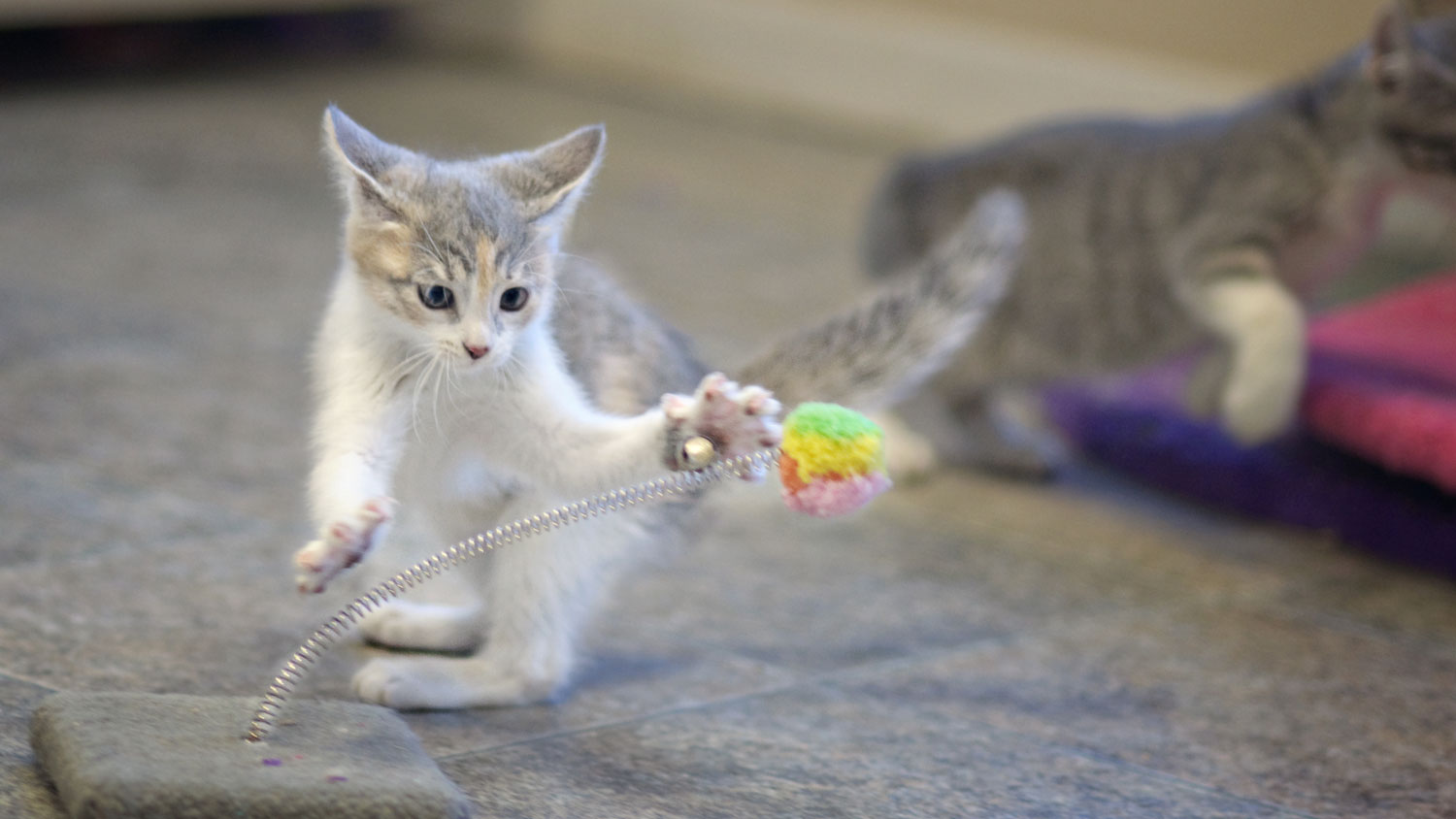
Kittens basically have two modes: tearing about like human toddlers, and fast asleep. And while you can let them get on with it for most of the time, it's essential to set aside some time every day for structured playtime.
"You should aim to play with your kitten a few times every day, totaling around 20-30 minutes," Dr. MacMillan recommends. "Of course you should be led by your kitten, some will want more, others a bit less. Just pick times when your kitten is alert, active, and engaged, to get the most out of your play sessions."
Games to play with kittens
As we've mentioned, the games that kittens most like to play are the ones that teach them how to hunt and give them plenty of opportunities to practice their skills. And you'll be able to tell what these are just from the way in which your kitten plays by itself; it'll stalk and pounce on things, it'll bat at dangly items, and it'll grasp and bite toys.
So for fun and engaging kitten playtime, you'll need to supply toys that make these games even more exciting for your kitten:
1. Use a teaser wand
Perhaps the best kitten toy of all (and indeed one that's just as much fun for an adult cat) is some sort of dangly thing on a stick (or a teaser wand, if you prefer).
It's the ideal go-to kitten toy, because it covers all the bases; it's perfect for stalking, chasing and pouncing, you can dangle it for your kitten to bat at, and once it catches the dangly thing it can practice its killing skills.
One of the best things about teaser wands as that you can adjust the speed of play to suit your kitten. If you have a particularly high-energy cat breed (like the Bengal), a fast-paced game where you let them chase the teaser wand around the house will likely be a huge hit.
On the other hand, if you have a low-energy cat breed (like the Persian), you can move the teaser wand at a much slower pace. Perhaps moving it slowly around a chair leg to mimic the movement of prey or just gently rustling it back and forth. Play around with speed to see what your kitten prefers.
MeoHui Interactive Cat Toys | Amazon
As far as my two cats are concerned, there's not a toy on the planet that's as much fun as this teaser wand set. If you're looking for a toy that offers great value for money and will keep your kitty amused for as long as you're willing to run the teaser wand around, this one is an absolute winner. Comes with two teaser wands and a variety of fun attachments.
2. Fetch
Can cats play fetch? Some breeds absolutely can! If you have a Burmese, Siamese, Tonkinese, Bengal or manx, fetch can be a wonderful way to add some variety into their play routine.
You can try teaching your kitten to play fetch with a toy or a ball; throw it across the room, and if they chase it and bring it back, be sure to reward with praise and treat. And a plastic ball with a tinkly bell inside it can provide hours of entertainment for a kitten to play with by itself.
Need more ideas? Take a look at our guide to fun games to play with cats; they'll work just as well with kittens.
Should you let kittens play with your hands?
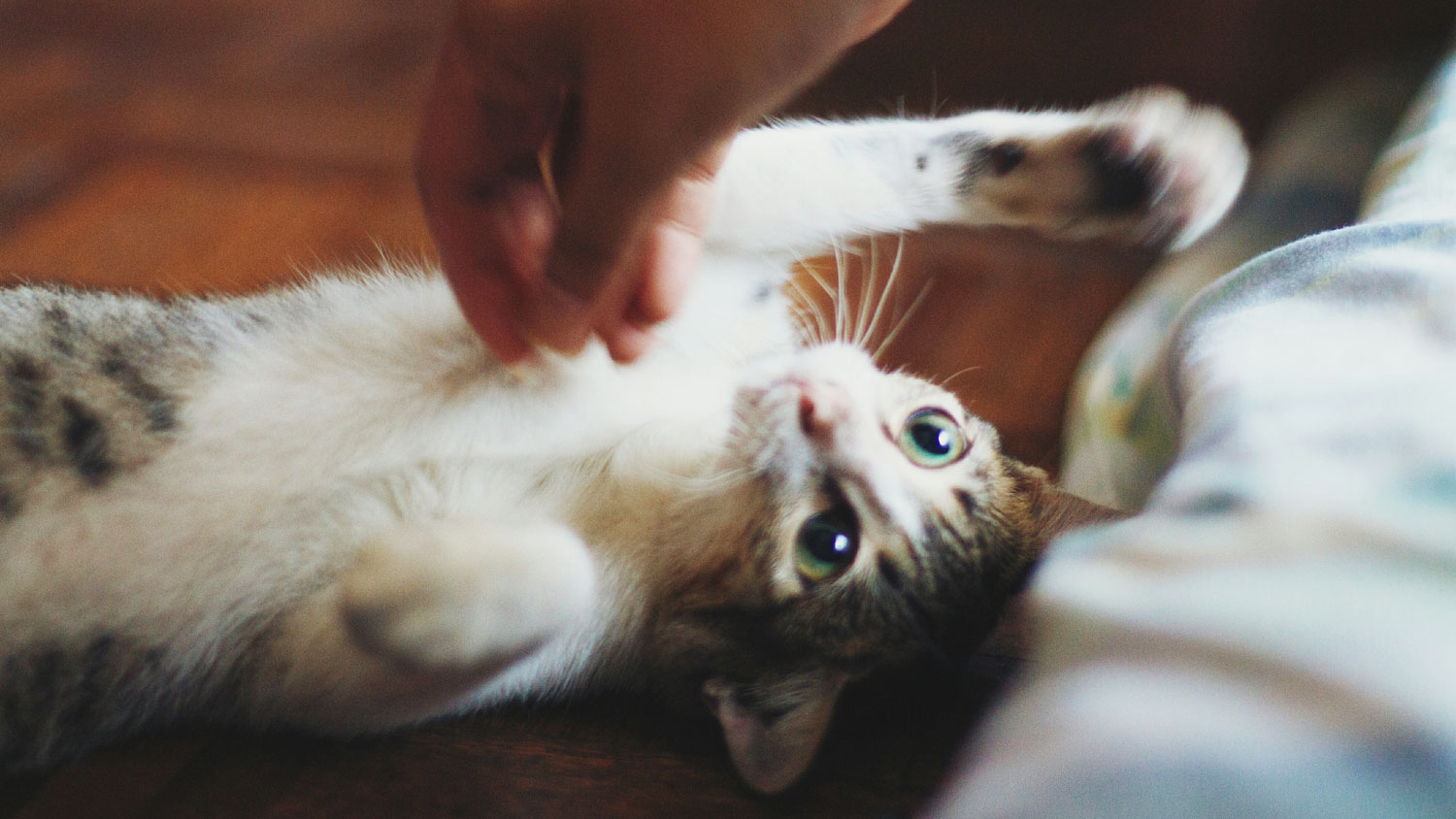
In short: no. As we said earlier, an important aspect of playing with a kitten is to teach it boundaries, and one thing you don't want to do is give your kitten the impression that your hands and fingers are toys to sink their teeth and claws into.
"It's definitely not a good idea to let your kitten play with your hands," says Dr. MacMillan. "While it may feel harmless when they are young, those teeth and claws will hurt much more as they get older! Also, while you may not mind, most visitors and young children won’t appreciate being bitten or scratched.
To avoid mixed messages, start as you mean to go on. Use appropriate kitten toys such as a fishing rod toy, keeping your hands well out of reach. If your kitten does go crazy for your fingers, remain as still, quiet, and boring as possible. Replace your hands with an appropriate kitten toy and heap praise on them for playing with it correctly. With consistency, they will soon get the message!"
Other ways to keep your kitten entertained
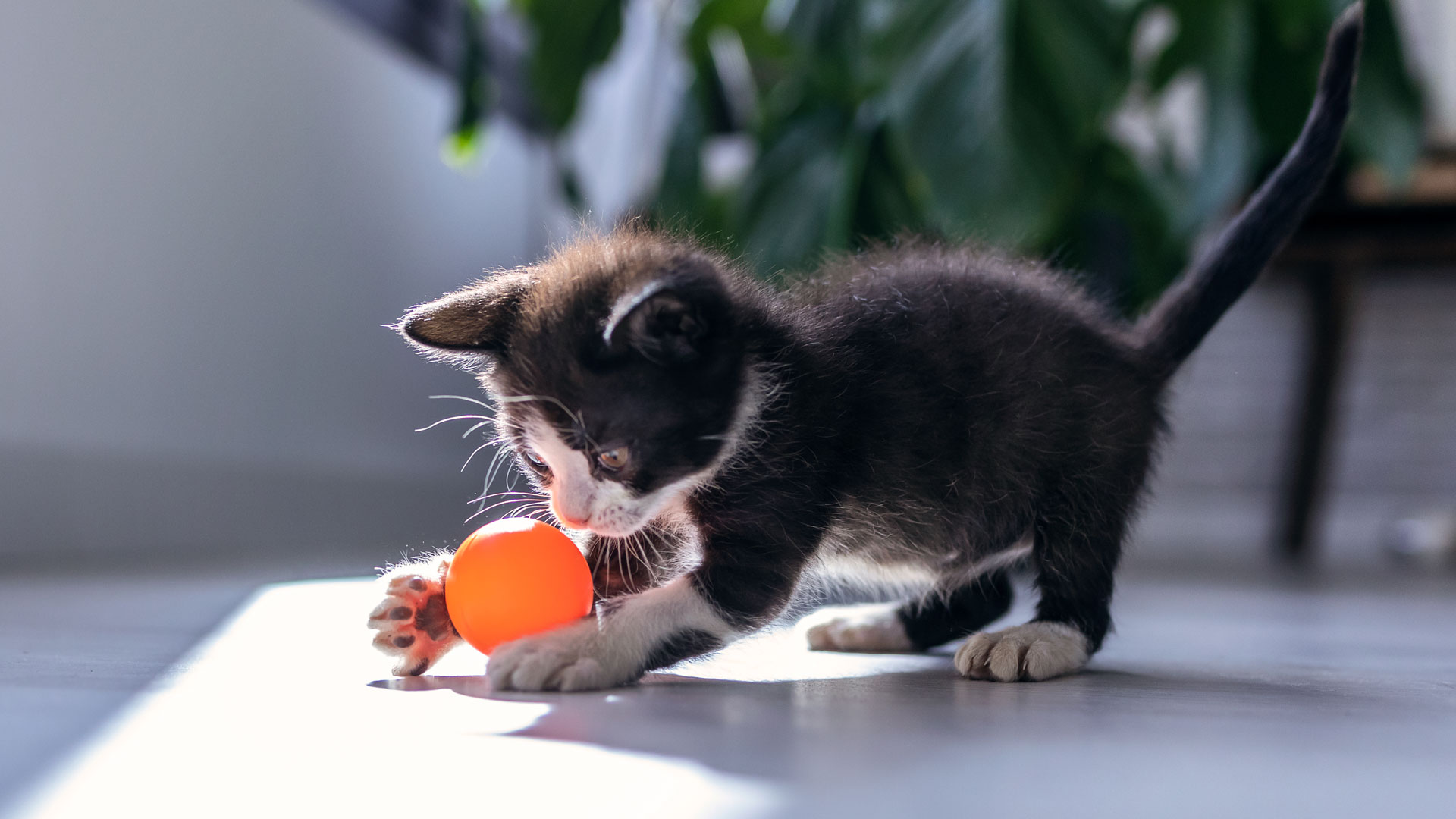
You can't be expected to play with your kitten every minute it's awake, but your kitten doesn't understand that, so it pays to make your home a place where there are plenty of ways for your kitten to entertain itself when you're busy doing human things.
1. Create the perfect playground for your kitty
Investing in one of the best cat trees is a great way to keep a keep a kitten occupied; it's perfect for climbing, scratching, hiding and of course settling down for a much-needed nap when it all gets a bit too much.
2. Consider a puzzle feeder
Another fine option would be a puzzle feeder, which will stimulate your kitten's hunting instincts and help them work out how to get food for themselves. You don't necessarily have to buy a full-size puzzle feeder; a plastic ball with room inside for a few pieces of kibble can make for a similarly rewarding toy.
Catstages by Nina Ottosson Buggin' Out Puzzle & Play Interactive Cat Treat Puzzle | Amazon
Give your kitten's brain a good workout with this fun treat puzzle that will stimulate your feline friend's natural foraging instincts. Holds 1/4 cup of food across 16 treat cups.
3. Have kitten teething toys to hand
Like other young animals, kittens can be prone to teething problems as their adult teeth grow in; to make this situation less stressful, having some of the best kitten teething toys around can be a godsend.
4. Go DIY
Don't forget that a few cardboard boxes and paper bags around your home can make for a fantastic kitten playground; lots of places to explore, hide and nap, for very little cost. And if you need more ideas, our guide to DIY cat toys and how to entertain indoor cats has some tips that work just as well with kittens.
While it's hard to resist the temptation of playing with a new kitten as much as possible, the novelty can slowly wear off as the weeks go by and real life starts getting in the way, but it's important to keep up a kitten playtime regime every day if you want your tiny, bitey fluffball to have the best possible life.
By setting aside a few minutes, a few times every day for playtime with your kitten, you can provide your kitten with plenty of exercise and excitement, and teach it valuable life skills. Keep it stimulating, keep it safe and, most of all, keep it fun!
You might also want to read: Can kittens have catnip? Or, learn how to make DIY kitten toys.

Rebecca is a veterinary surgeon who graduated in 2009 from the Royal Veterinary College in London. She has a wealth of experience in first opinion small animal practice, having done a mixture of day-to-day routine work, on-call emergency duties and managerial roles over the years. She enjoys medicine in particular and she is proud to have recently achieved a BSAVA postgraduate certificate in small animal medicine (with commendation). She writes on various feline and canine topics, including behavior, nutrition, and health. Outside of work and writing she enjoys walking her own dog, spending time with her young family and baking!
Recent updates
This page was last updated on February 14 by Kathryn Williams.
Edited by Megan Milstead.
PetsRadar Newsletter
Get the best advice, tips and top tech for your beloved Pets
Jim is a writer, performer and cat-wrangler based in Bath, who last year adopted a pair of sibling rescue cats who turned out to be effectively feral, and has spent a lot of time since then trying to get them accustomed to people (some success) and each other (ongoing project).
- Dr Rebecca MacMillanVet
- Kathryn WilliamsFreelance writer
